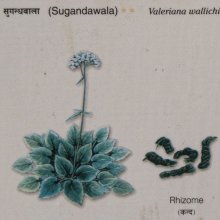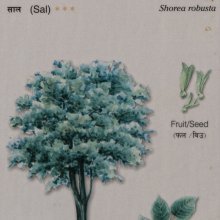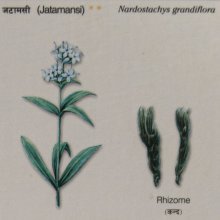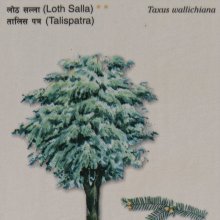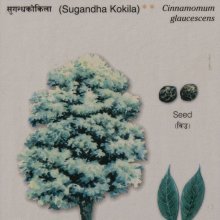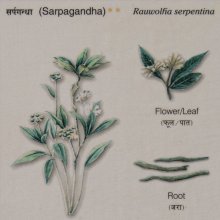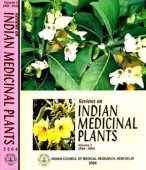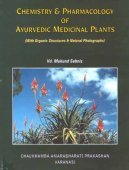Plant: 1 definition
Introduction:
Plant means something in Hindi. If you want to know the exact meaning, history, etymology or English translation of this term then check out the descriptions on this page. Add your comment or reference to a book if you want to contribute to this summary article.
Ambiguity: Although Plant has separate glossary definitions below, it also represents an alternative spelling of the word Plamta.
Images (photo gallery)
(+11 more images available)
Languages of India and abroad
Hindi dictionary
Source: DDSA: A practical Hindi-English dictionaryPlant in Hindi refers in English to:—(nm) a plot (of land)..—plant (प्लांट) is alternatively transliterated as Plāṃṭa.
...
See also (Relevant definitions)
Starts with (+16): Plant mutagenesis, Plant resistance, Planta de seda, Planta lechera, Planta milagrosa, Plantago afra, Plantago amplexicaulis, Plantago aristata, Plantago asiastica, Plantago australis, Plantago brachyphylla, Plantago ciliata, Plantago cordata, Plantago depressa, Plantago erosa, Plantago exigua, Plantago himalaica, Plantago insularis, Plantago lagocephala, Plantago lanceolata.
Ends with (+246): Abacus plant, Action plant, African eggplant, African wild sensitive plant, Air plant, American century-plant, American radiator-plant, American rubber plant, American wild sensitive plant, Andamanese bow string plant, Arabian coffee plant, Arabian manna plant, Arnotto plant, Arrow poison plant, Ash plant, Asthma plant, Australian bottle plant, Australian cowplant, Baby rubber plant, Balloon plant.
Full-text (+38693): Valli, Shatavari, Oshadhi, Eranda, Arka, Somavalli, Agnishikha, Agnijvala, Vishalya, Vanaspati, Parpataka, Parpata, Mahaushadhi, Badara, Madhuparnika, Atmagupta, Moca, Asphota, Bakuci, Lata.
Relevant text
Search found 337 books and stories containing Plant; (plurals include: Plants). You can also click to the full overview containing English textual excerpts. Below are direct links for the most relevant articles:
Satapatha-brahmana (by Julius Eggeling)
Kāṇḍa IV, adhyāya 5, brāhmaṇa 10 < [Fourth Kāṇḍa]
Introduction to volume 2 (kāṇḍa 3-4) < [Introductions]
Kāṇḍa XIII, adhyāya 8, brāhmaṇa 3 < [Thirteenth Kāṇḍa]
Indian Medicinal Plants (by Kanhoba Ranchoddas Kirtikar)
Notes on the knowledge of medicinal plants
Introduction, part 1: History of the study of medicinal plants
Bhagavati-sutra (Viyaha-pannatti) (by K. C. Lalwani)
Part 1 - Food Intake by plants < [Chapter 3]
Part 3 - One-organs and their respiration < [Chapter 34]
Part 3 - Karma, pleasant and unpleasant < [Chapter 6]
Sushruta Samhita, volume 4: Cikitsasthana (by Kaviraj Kunja Lal Bhishagratna)
Chapter XXX - Elixirs (rasayana) to remove mental and physical distress
Chapter XXIX - Elixirs (rasayana) for the prevention of death and decay
Atharvaveda and Charaka Samhita (by Laxmi Maji)
Medicine in the Atharva-veda (Introduction) < [Chapter 3 - Diseases and Remedial measures (described in Atharvaveda)]
Treatment of Keśavṛddhi (hair loss and growth) < [Chapter 3 - Diseases and Remedial measures (described in Atharvaveda)]
Amarakoshodghatana of Kshirasvamin (study) (by A. Yamuna Devi)
Flora (1): Habitat < [Chapter 5 - Aspects of Nature]
Flora (16): Aromatic plants < [Chapter 5 - Aspects of Nature]
Flora (15): Hydrophytes and Phylum algae < [Chapter 5 - Aspects of Nature]
Related products
(+46 more products available)
